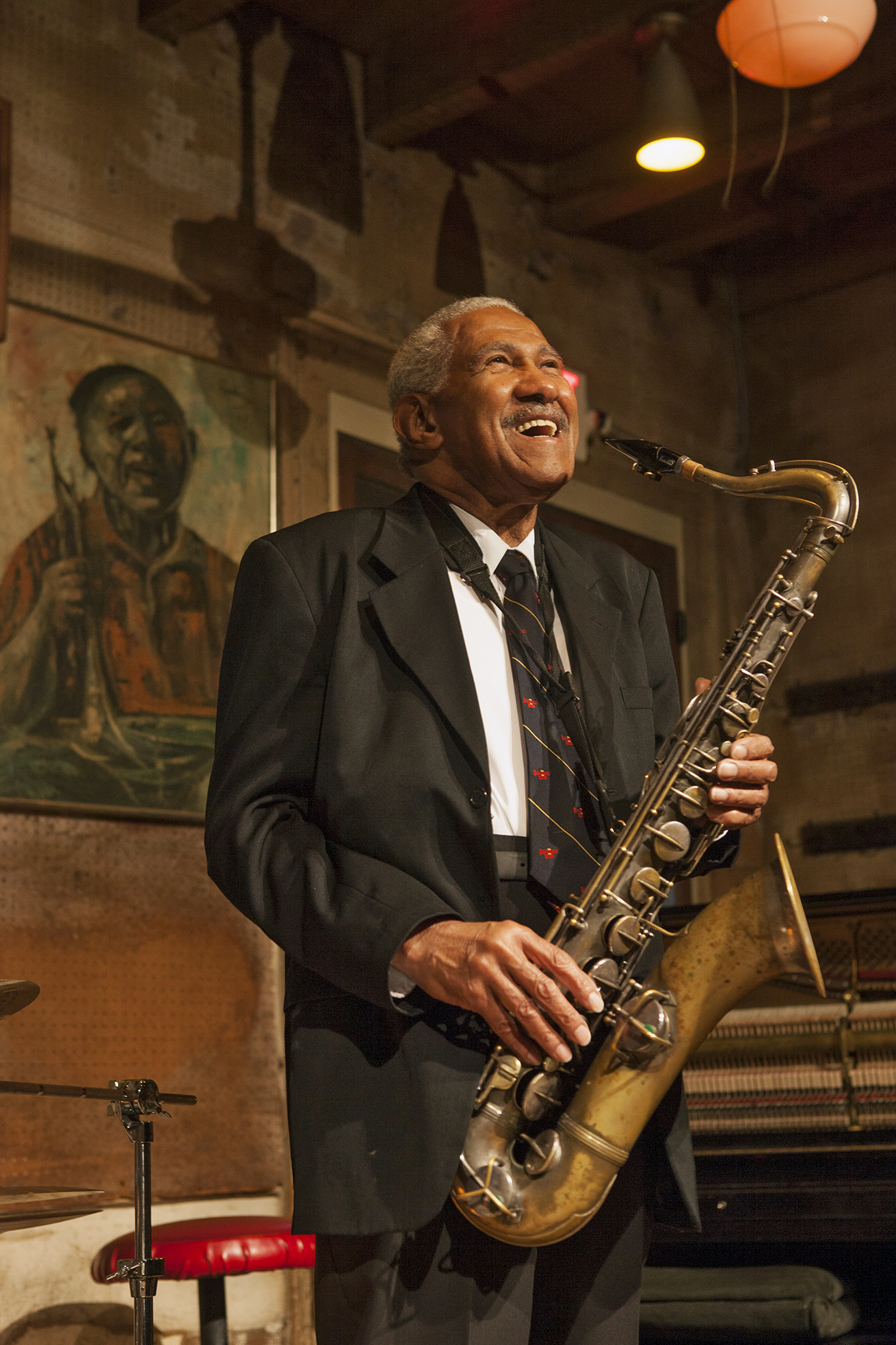Welcome to New Orleans
The things that make life worth living – eating, drinking and merrymaking – are the air that New Orleans breathes.
Epicurean Appetite
We hope you’re not reading this at home. We hope you’re in New Orleans, because you’re about to eat better than most others. When it comes to food, New Orleans does not fool around. Well, OK, it does: its playful attitude to ingredients and recipes mixes (for example) alligator sausage and cheesecake into a dessert fit for the gods. This sense of gastronomic play is rooted in both deep traditions – truly, this city has one of the few indigenous cuisines in the country – and, increasingly, a willingness to accommodate outside influences, both in terms of technique and ethnicity.
Celebration Seasons
We’re not exaggerating when we say there is either a festival or a parade every week of the year in New Orleans. Sometimes, such as during Mardi Gras or Jazz Fest, it feels like there’s a new party for every hour of the day. At almost any celebration in town, people engage in masking – donning a new appearance via some form of costuming – while acting out the boisterous side of human behavior. But the celebrations and rituals of New Orleans are as much about history as hedonism, and every dance is as much an expression of tradition and community spirit as it is of joy.
Unceasing Song
New Orleans is the hometown of jazz, but neither the city nor the genre she birthed are musical museum pieces. Jazz is the root of American popular music, the daddy of rock, brother of the blues and not too distant ancestor of hip-hop – all styles of music that have defined the beat of global pop for decades. All these varieties of music, plus a few you may never have heard of, are practiced and played here on every corner, in any bar, every night of the week. Live music isn’t an event: it’s as crucial to the city soundscape as streetcar bells.
Candid Culture
There aren’t many places in the USA that wear their history as openly on their sleeves as New Orleans. This city’s very facade is an architectural study par excellence. And while cities like Boston and Charleston can boast beautiful buildings, New Orleans has an added lived-in grittiness that either feels intimidating or easily accessible. As a result of its visible history you’ll find a constant, often painful, dialogue with the past, stretching back hundreds of years. It’s a history that for all its controversy has produced a street culture that can be observed and grasped in a very visceral way.

Why I Love New Orleans
By Adam Karlin
On those days when I can relax, New Orleans is there to ease me into the experience. I can have a few day drinks at a favorite bar, eat a meal at a corner restaurant, watch a parade or theater or music unfold in the street itself, and all the while be ensconced in an architectural pastiche that is simply heart-rending. Down here there’s beauty, for all the senses, all the time – but it’s a lived-in beauty, and it sets my heart right.
For more, see our writers
